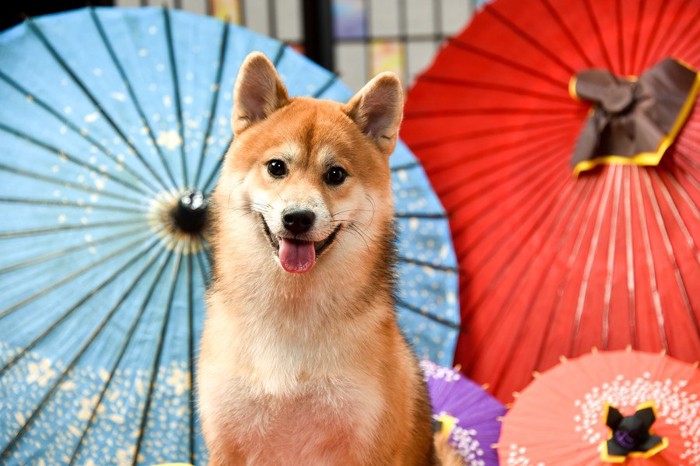Shiba Inu Dog Breed
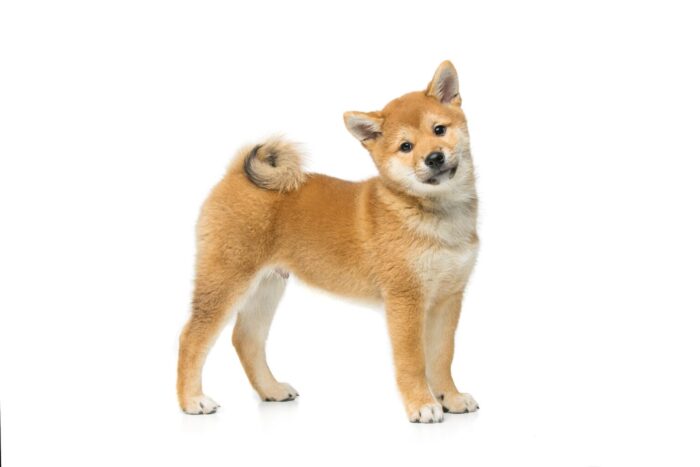
The Shiba Inu, a dog breed originating from Japan, is known for its beautiful coat, distinctive erect ears, and curled tail.
There are primarily three main coat colors: red, black and tan, and sesame, each exuding its own unique charm.
Notably, the Shiba Inu’s coat has a double-layer structure, consisting of coarse outer guard hairs and a soft, densely packed undercoat.
This feature helps protect the Shiba Inu from cold climates.
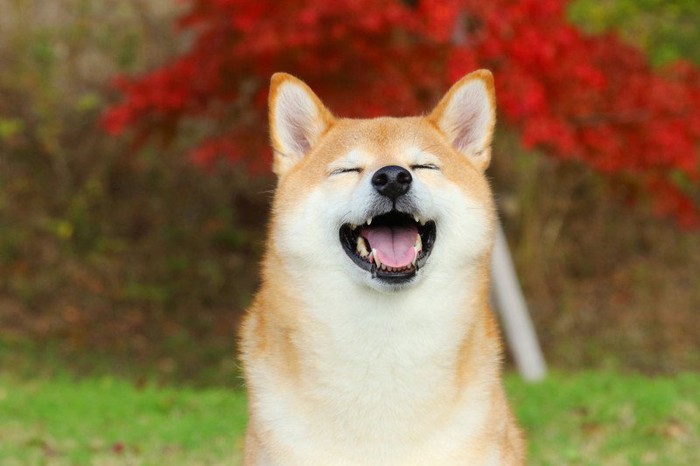
In terms of body size, the Shiba Inu falls into the medium-dog category and possesses a muscular and solid skeletal structure.
This strength, combined with its balanced body and vivid coat color, forms the visual allure of the Shiba Inu.
Additionally, its facial features display a unique expression, particularly around the eyes and the shape of the ears, setting it apart from other breeds.
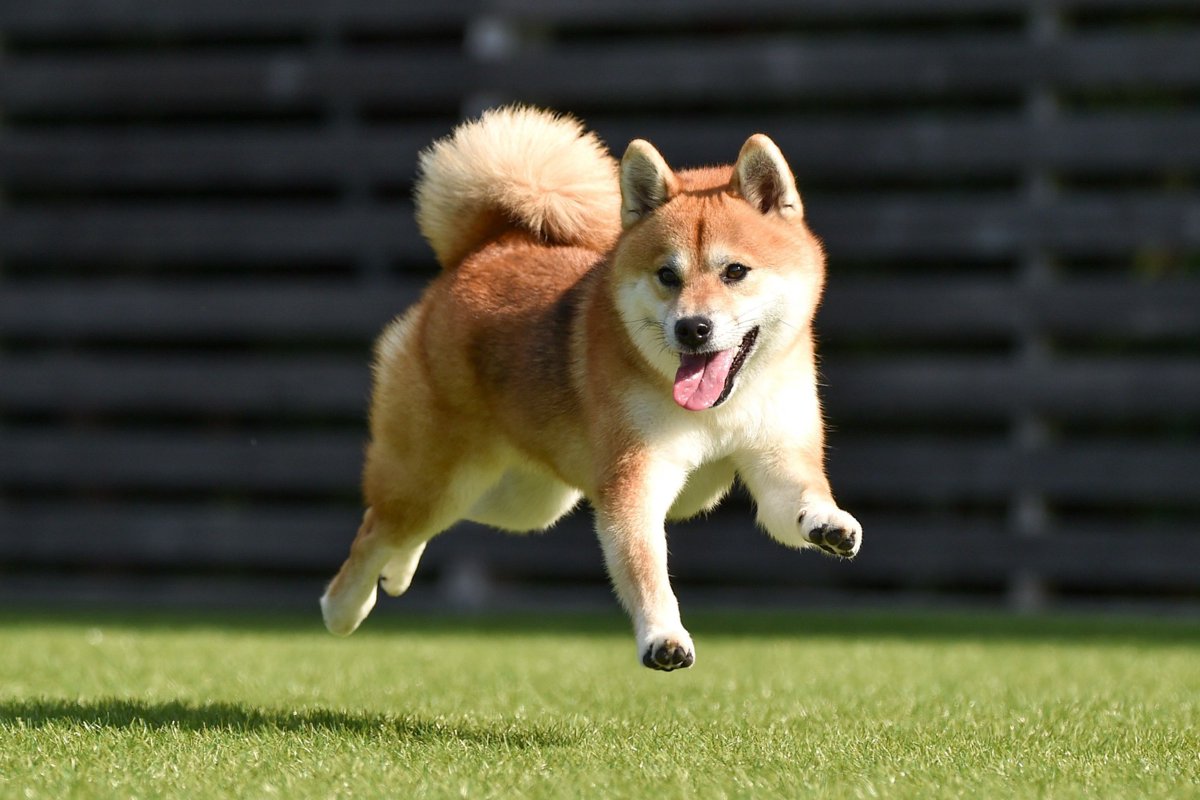
These beautiful physical traits and unique body structure are what make the Shiba Inu a representative dog breed of Japan, gaining immense popularity both domestically and internationally.
Proper care ensures that its beautiful coat and body shape are maintained over the long term.
Cort Color
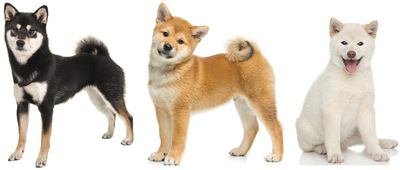
- Red: Bright and vivid hue
- Black and Tan: Deep and rich color tone
- Sesame: A unique blend of black and white
The Shiba Inu captivates many enthusiasts with its beautiful coat colors.
There are primarily three main coat colors: red, black and tan, and sesame, each with its own unique charm.
The red coat has a bright and vivid hue, while the black and tan coat offers a deep, rich tone.
The sesame coat features a distinctive blend of black and white.
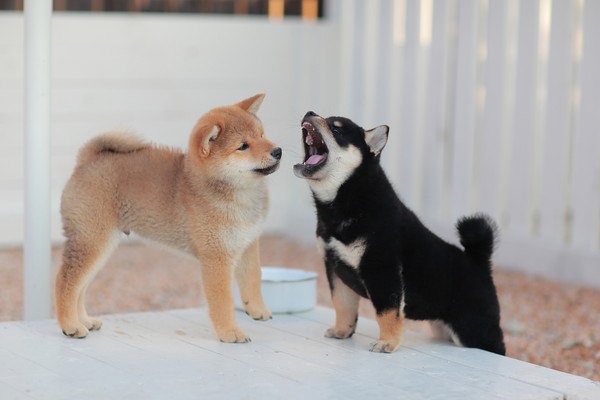
These coat colors have been cultivated throughout the long history of the Shiba Inu as one of its defining characteristics.
The sesame color, in particular, distinguishes the breed from others with its unique blend, earning it a lot of love from fans.
Additionally, it’s known that a Shiba Inu’s coat color can be influenced by both its living environment and genetics.
Coat Type
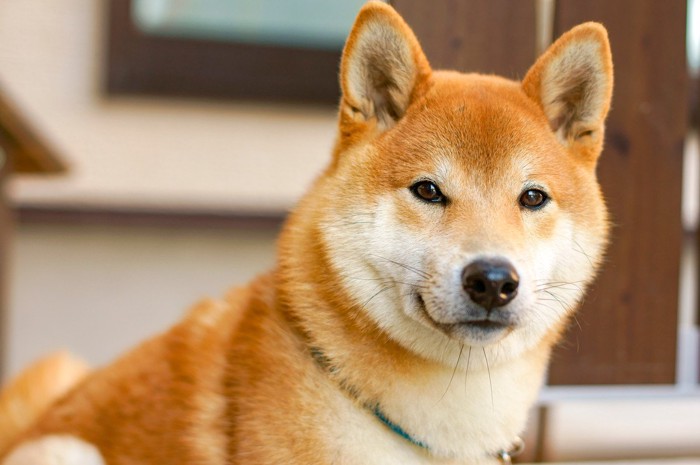
The Shiba Inu has a distinctive double-layered coat known as a “double coat.” The outer layer, called the guard hair, is coarse and durable, serving to repel water and dirt. On the other hand, the inner layer, known as the undercoat, is soft and dense, providing excellent insulation.
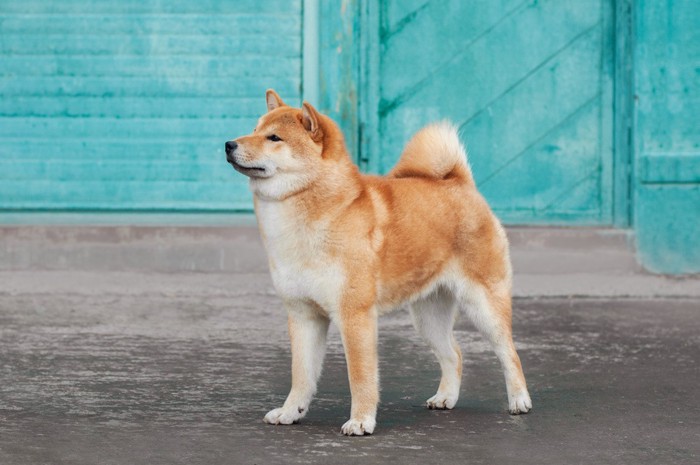
This double-layered structure tells the tale of the Shiba Inu’s history of adapting to cold climates and harsh environments.
Due to the characteristics of this double coat, special attention is required when it comes to the care and brushing of a Shiba Inu’s fur.
This is especially true during the shedding season, when a significant amount of undercoat is lost, making regular brushing indispensable.
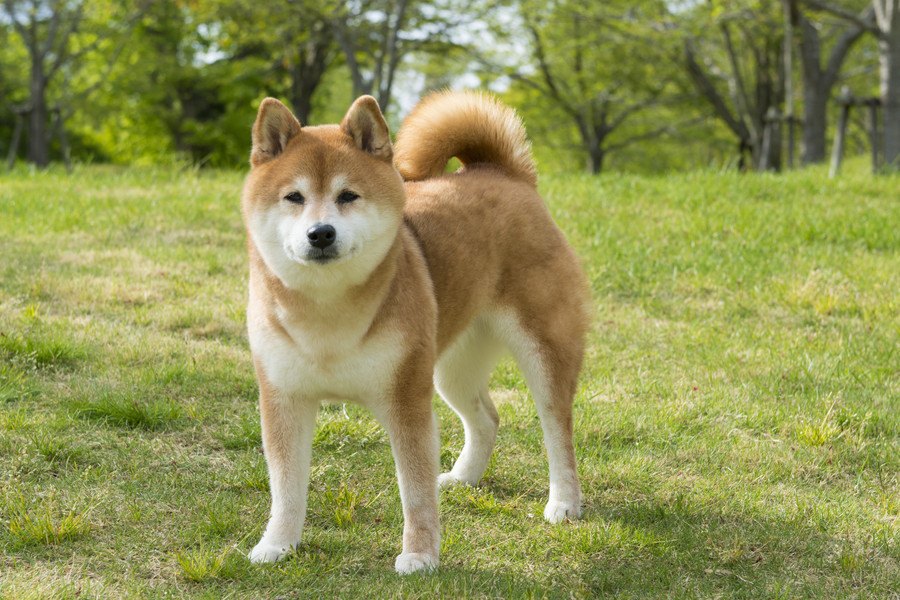
By performing appropriate care, you can maintain the Shiba Inu’s coat in a healthy condition and preserve its beautiful texture.
Proper coat care is an extremely important aspect of life with a Shiba Inu.
Size
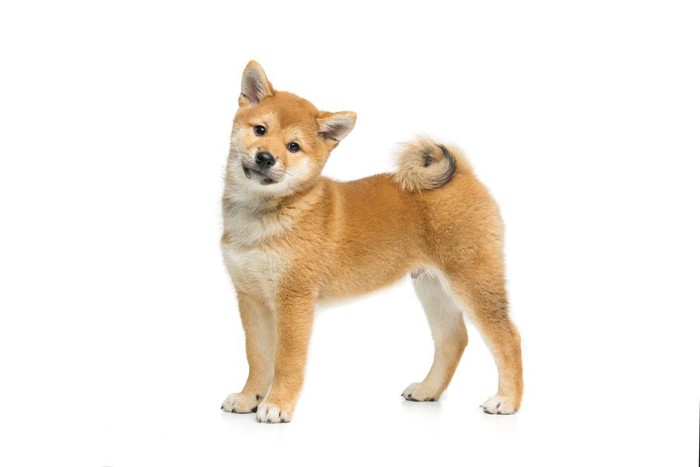
- Male Height: Approximately 15.7–17.7 inches
- Female Height: Approximately 13.8–15.7 inches
The Shiba Inu is particularly popular among Japanese breeds, admired for its petite and well-proportioned physique.
Generally, as adults, their height ranges from about 13.8 to 17.7 inches, and their body length is roughly similar to this range.
This size is well-suited for urban living, making the Shiba Inu a breed that is easy to keep in apartments or condominiums.
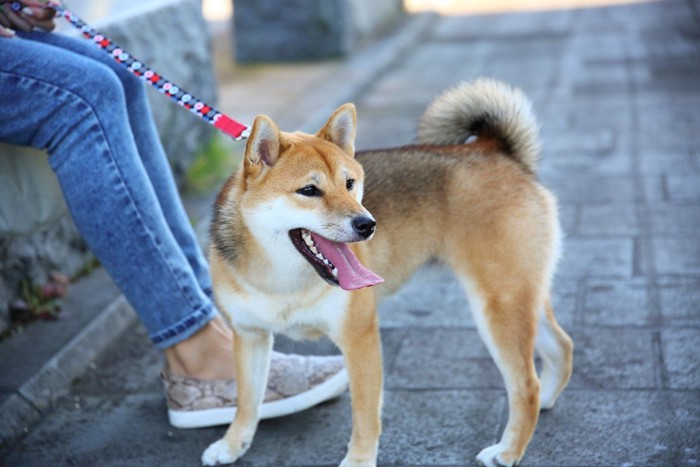
However, due to their cute appearance, appropriate weight management is sometimes overlooked.
When considering the health of a Shiba Inu, it’s essential to recognize that size and weight are closely related.
Weight
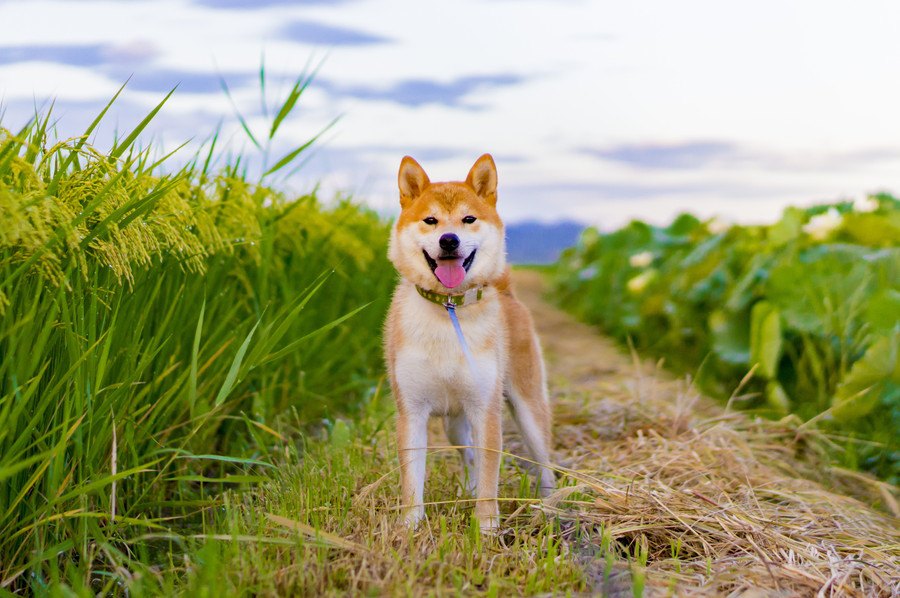
- Male Weight: Approximately 17.6 – 24.3 pounds
- Female Weight: Approximately 15.4 – 19.8 pounds
The Shiba Inu’s weight, for an adult, generally ranges from 17.6 to 24.3 pounds for males and 15.4 to 19.8 pounds for females.
Maintaining this appropriate weight is crucial for the dog’s health.
Obesity can potentially lead to various health problems, and being underweight also requires caution.
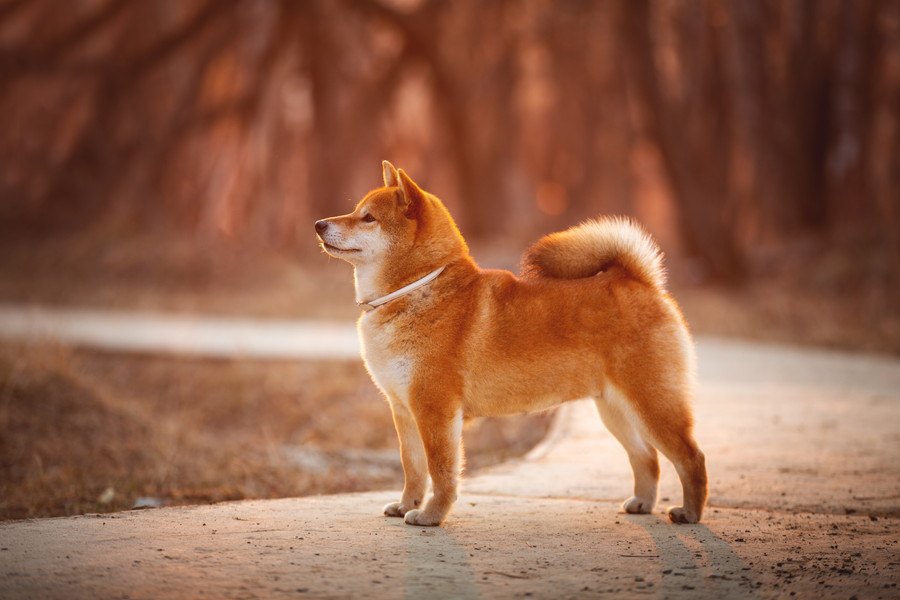
Weight management is the responsibility of the owner and involves regular weight measurement, a balanced diet, and appropriate exercise.
Shiba Inus are particularly prone to weight gain, making vigilant management necessary.
Lifespan
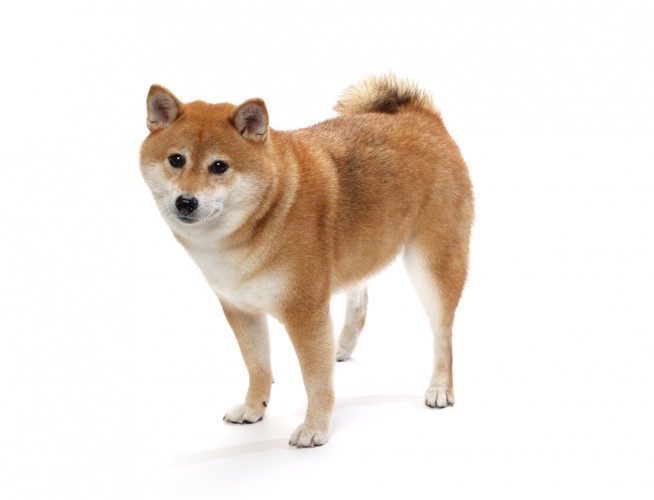
The average lifespan of a Shiba Inu is 12 to 15 years, but there are increasing instances of them living beyond 18 years, suggesting that their average lifespan might extend in the future.
They grow quickly, with one year old being comparable to a 15-year-old human and two years old to a 23-year-old human.
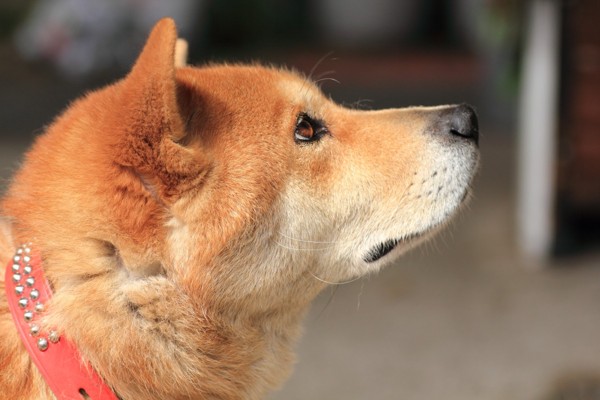
However, their growth slows down thereafter, and with proper health management, many Shiba Inus live a long life.
Trainability
When raising a Shiba Inu, it’s essential to establish strong leadership for effective training.
Repetitive training in short sessions is beneficial, and it’s important to use a gentle voice to give commands, never resorting to hitting the dog.
Building a trust relationship from puppyhood and training for social adaptation from an early age are key.
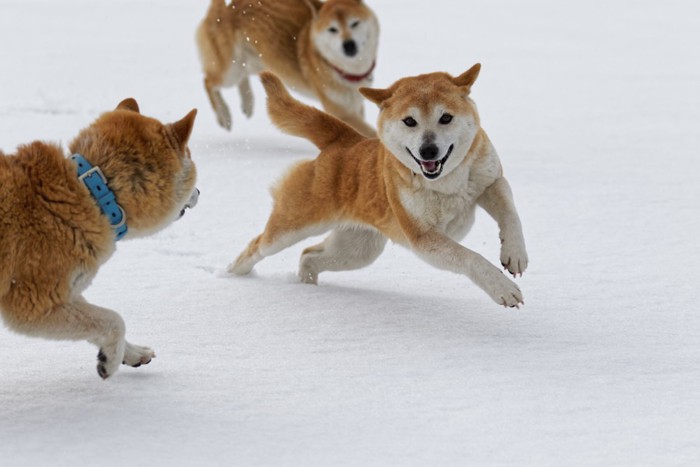
During walks, maintaining control with the “Leader Walk” method is crucial, and special training may be required for biting tendencies.
Consistency and persistence are the keys to successful training.
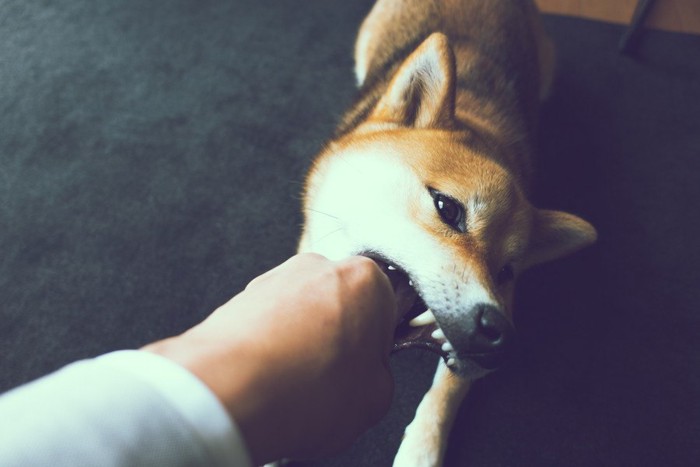
Exercise

Shiba Inus are an energetic breed that requires daily exercise to match their active nature, inherited from their hunting dog ancestors in Japan’s mountains.
Ideally, a Shiba Inu should walk a distance roughly equal to its weight each day—for instance, a 10kg Shiba Inu should aim for about 10km.
Quality of exercise is as important as quantity, and even short, active periods can be beneficial.
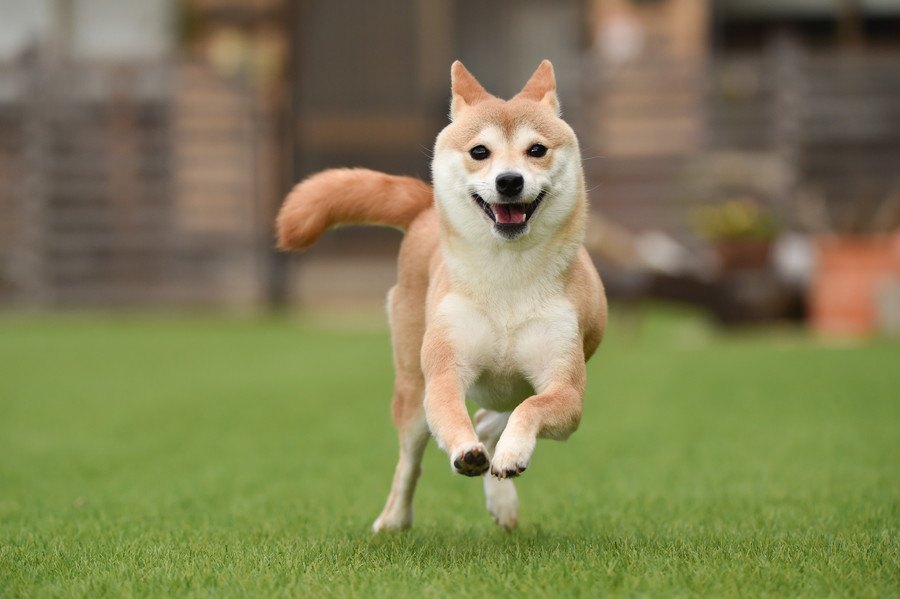
It’s recommended to take them for a 30-minute walk twice daily, in the morning and evening, incorporating activities like brisk walking or playing with a ball.
Given their independent and stubborn character, it’s crucial for owners to be adaptable during walks.
Consistent daily walks and playtime are key to maintaining your Shiba Inu’s health and energy levels.
Feeding
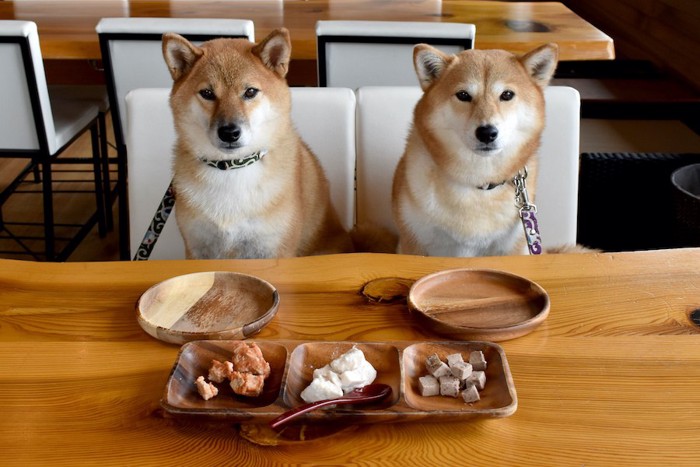
Adjusting the amount of food according to the growth stage, body weight, and activity level of your Shiba Inu is crucial. The digestive system of Shiba Inu puppies is underdeveloped, making it difficult to process large meals at once. Therefore, for Shiba Inus between 2 and 3 months old, it’s ideal to divide approximately 145g of food into four meals per day.
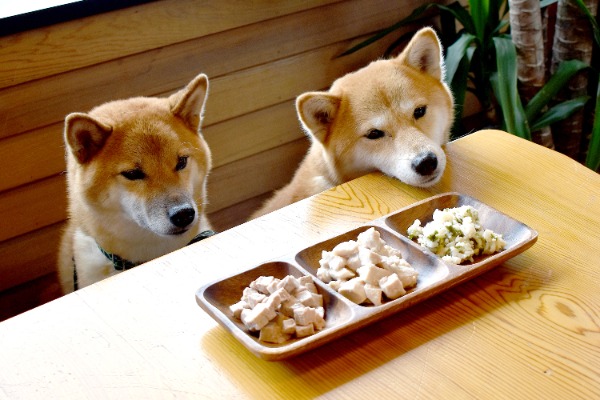
As they become adults, the daily food requirement ranges from around 75g to 190g, and adjustments should be made based on their body weight and activity level. When feeding, it’s important to consult the recommended portions and nutritional information displayed on the product packaging, and adjust accordingly.
Continuously monitor your pet’s health and lifestyle habits, and consult with a veterinarian as needed.
History
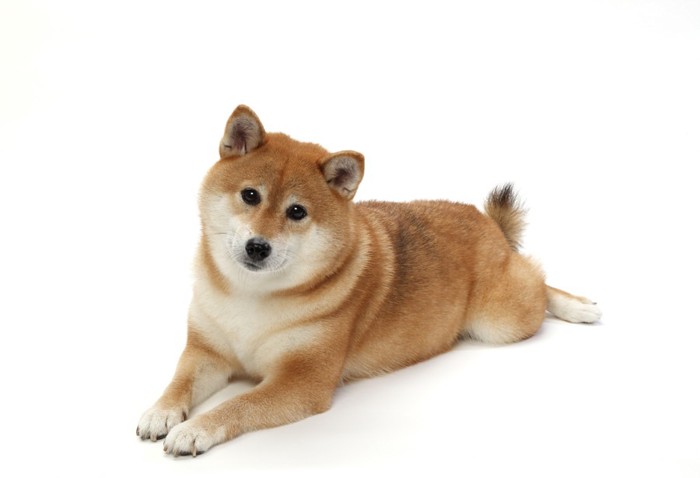
The Shiba Inu is a historically rich dog breed that has lived alongside the Japanese people since the Jomon period.
DNA tests have revealed a close relationship between the Shiba Inu and wolves.
In ancient times, they were highly valued as hunting dogs and watchdogs.
However, the number of purebred Shiba Inus began to decline due to the importation of Western dog breeds from the Meiji period onward and the increase in mixed breeds during the post-war chaos.
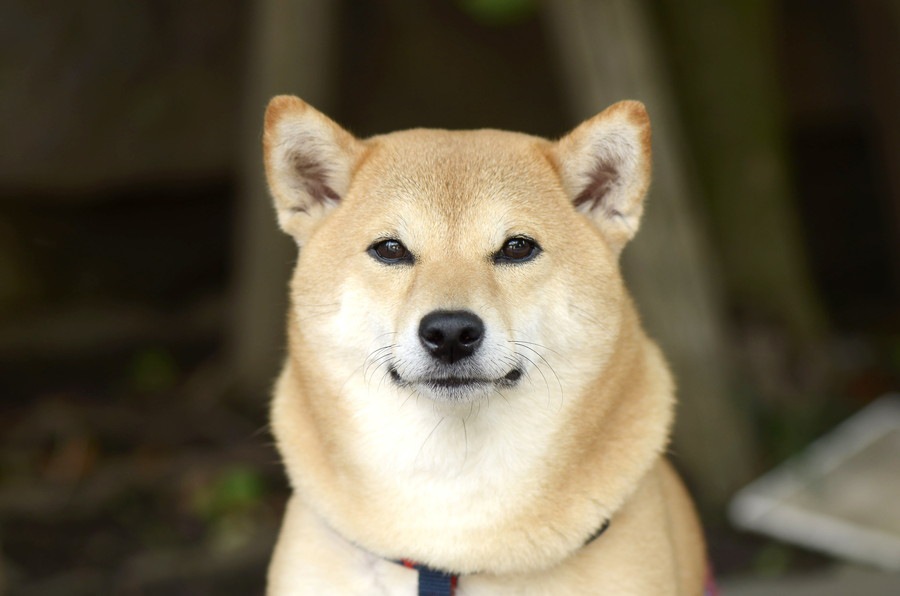
Fortunately, in 1936, the Shiba Inu was designated as a Natural Monument in Japan, sparking efforts among dog lovers to protect and breed pure Shiba Inus.
Today, they are not only popular in Japan but are also known and loved worldwide as “SHIBA” or “SHIBA-INU.”
They are particularly popular in the United States.
The loyal nature and unique beauty of the Shiba Inu continue to captivate many people through movies and media.
Health
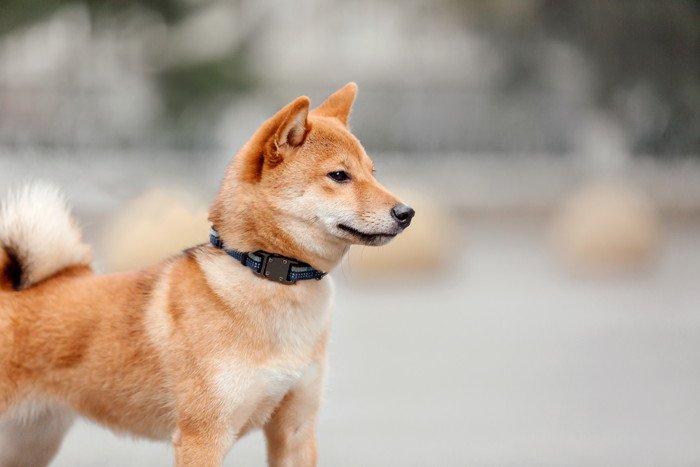
Shiba Inus are a breed that has adapted to Japan’s climate and environment, and they are generally considered to be resilient to diseases.
However, there are still some health issues that are more common in this breed.
For instance, skin conditions and allergies are frequently observed.
They are particularly sensitive to seasonal changes, as well as shifts in temperature and humidity, which can lead to skin issues.
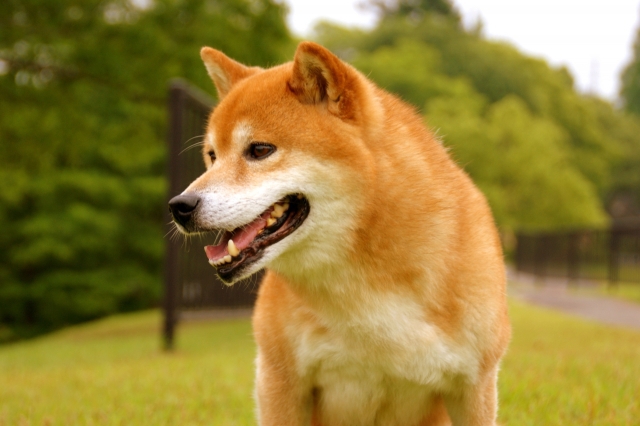
Additionally, due to genetic factors or aging, Shiba Inus can suffer from skeletal issues like arthritis or hip dysplasia, a condition where the hip joint fails to develop properly.
Given that Shiba Inus are active and require a good amount of exercise, improper diet and excessive exercise can sometimes lead to digestive problems. Specifically, overeating or inappropriate meals can result in obesity, which increases the risk of diabetes and heart disease.
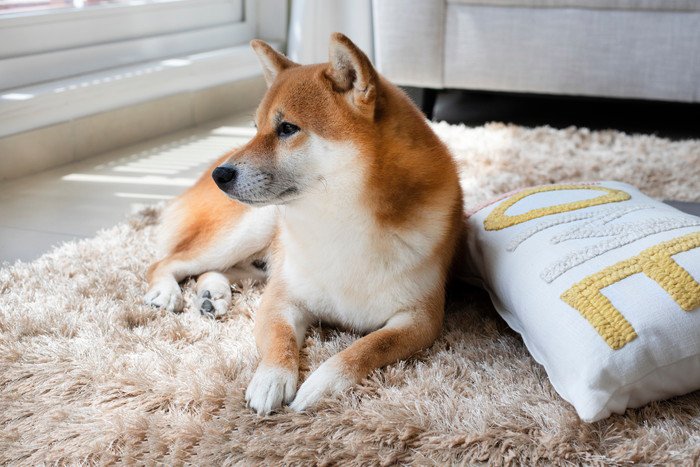
Heart and kidney diseases also become more common as the dog ages, and early detection and appropriate care for these conditions are crucial.
Temperament
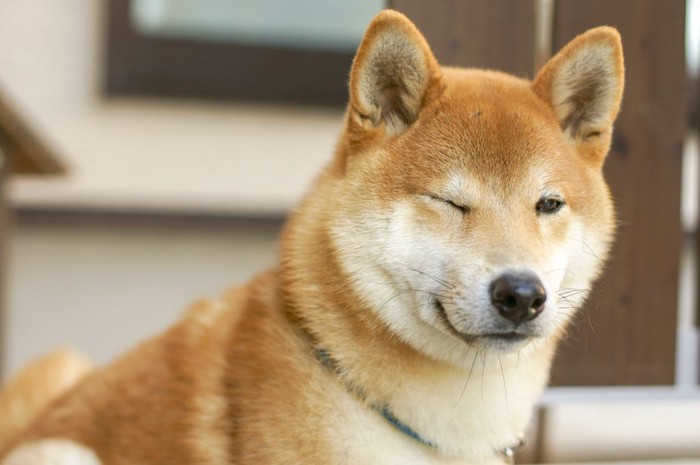
- Loyal
- Obedient
- Brave
- Intelligent
- Active
- Patient
- Strong-willed
- Cautious
The Shiba Inu is known as the only small breed among the native Japanese dogs, and despite its small size, it harbors a bold and powerful sense of independence.
This breed tends to be lively, curious, and extremely intelligent, which often makes training and socialization relatively smooth processes.
While they may not be as outgoing or playful as some other companion dogs, they do respond quickly to their owner’s commands and value the time spent together, demonstrating a loyal disposition.
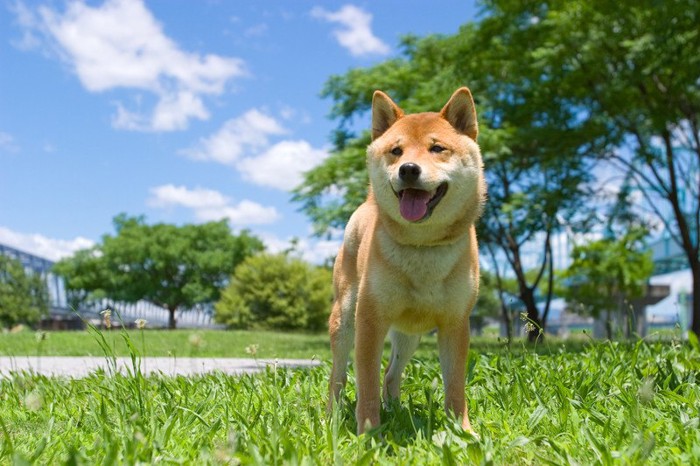
Shiba Inus are often cautious and tend to adopt a guarded demeanor around strangers or other animals. However, once a trusting relationship has been established, their loyalty comes to the forefront, and they offer deep affection toward their owners.

Due to their strong will, consistency and patience are key when training a Shiba Inu.
For example, it’s crucial to maintain a consistent reaction to commands and offer rewards uniformly.
Shiba Inus value a strong bond with their owners; when a trusting relationship is securely established, they become very obedient and loving partners.
Grooming

Shiba Inu Grooming
The Shiba Inu is a breed that represents Japan, and its beautiful coat is admired by many enthusiasts. To maintain this beautiful fur, the following care steps are essential:
First and foremost, brushing is indispensable. Start by combing the outer hairs, known as guard hairs, and then move on to caring for the inner hairs called the undercoat. This is especially crucial during the shedding season, as the undercoat tends to fall out easily during this period.
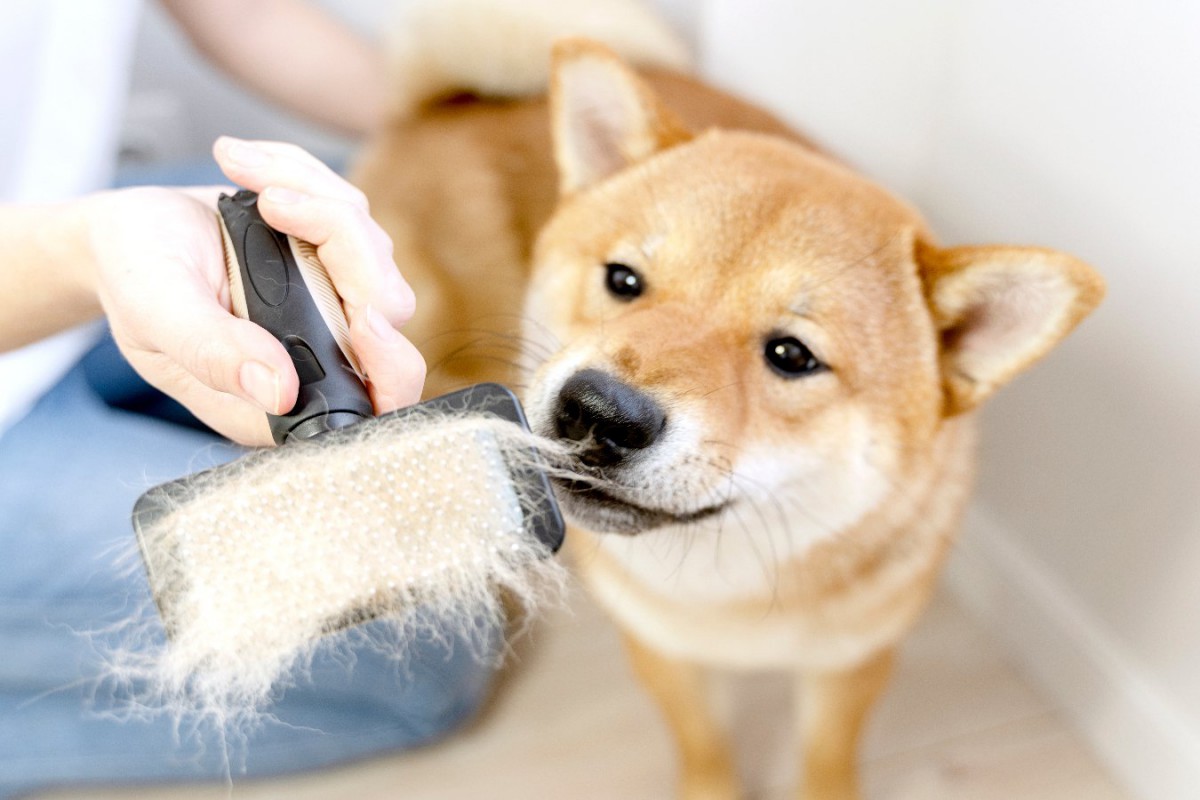
As for shampooing, aim for about once a month. Frequent shampooing can lead to skin dryness, so exercise caution. Drying the coat properly after shampooing is also important; leaving the coat damp increases the risk of skin issues.
Ear, nail, and dental care are also important aspects of grooming. Ears can accumulate dirt easily, so regular cleaning is essential. Overgrown nails can affect your dog’s walking, so keeping them at an appropriate length is crucial. Ideal dental care includes daily brushing, but if this is difficult, several times a week can also be effective.
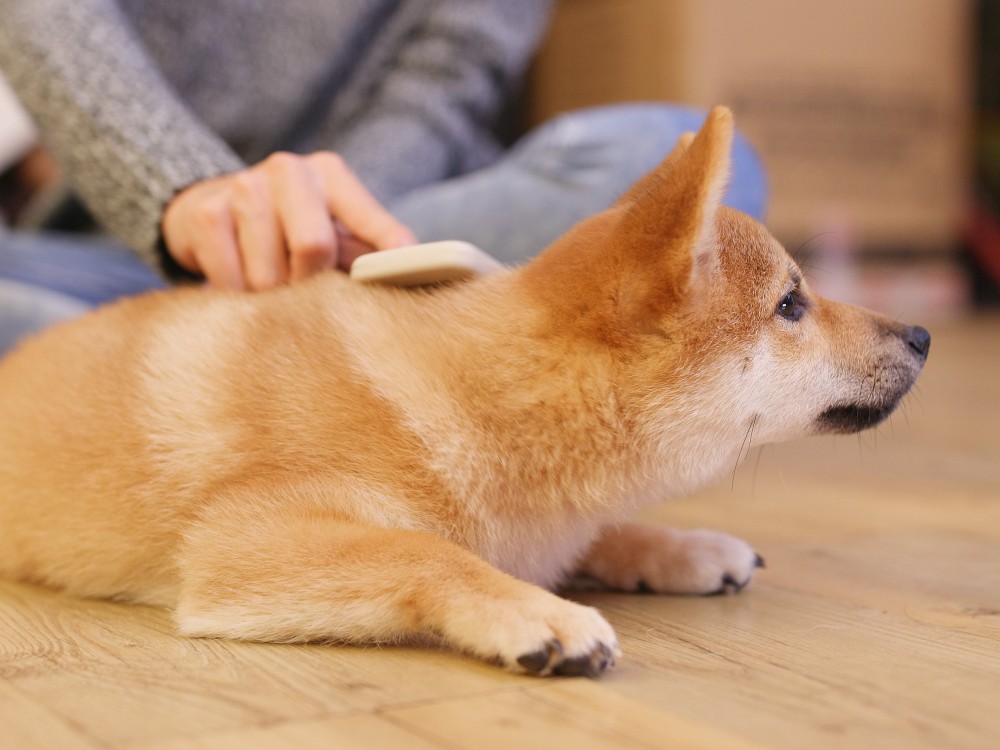
Lastly, don’t forget about skin care. Particularly during dry seasons, consider using sprays or creams to keep the skin moisturized.
By properly attending to these grooming needs, you can maintain your dog’s health and beauty for a long time.

